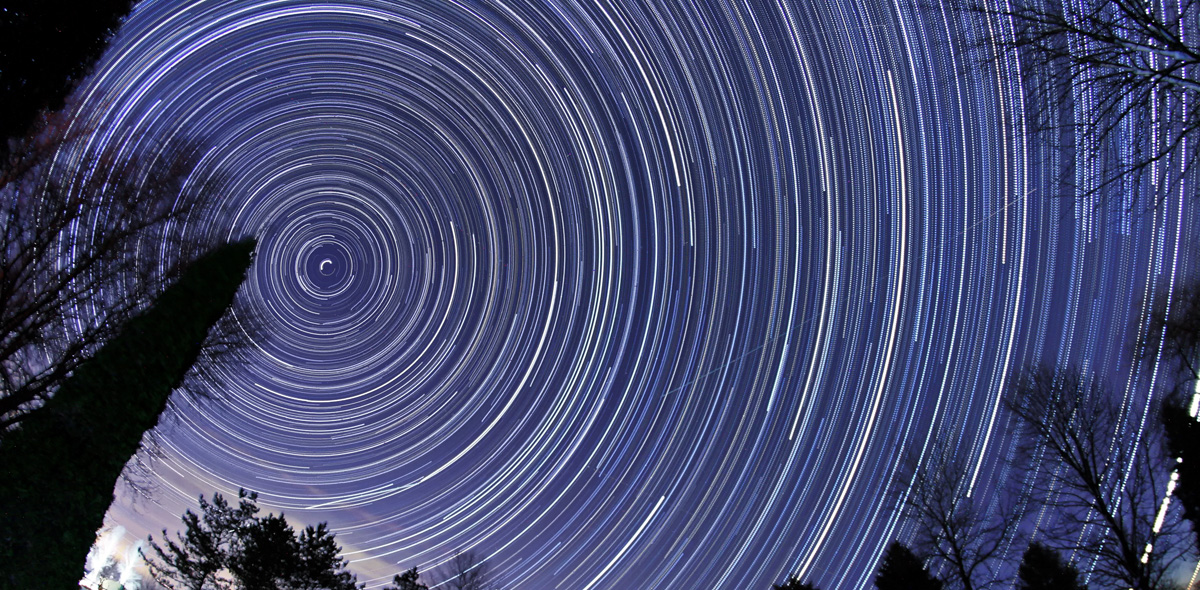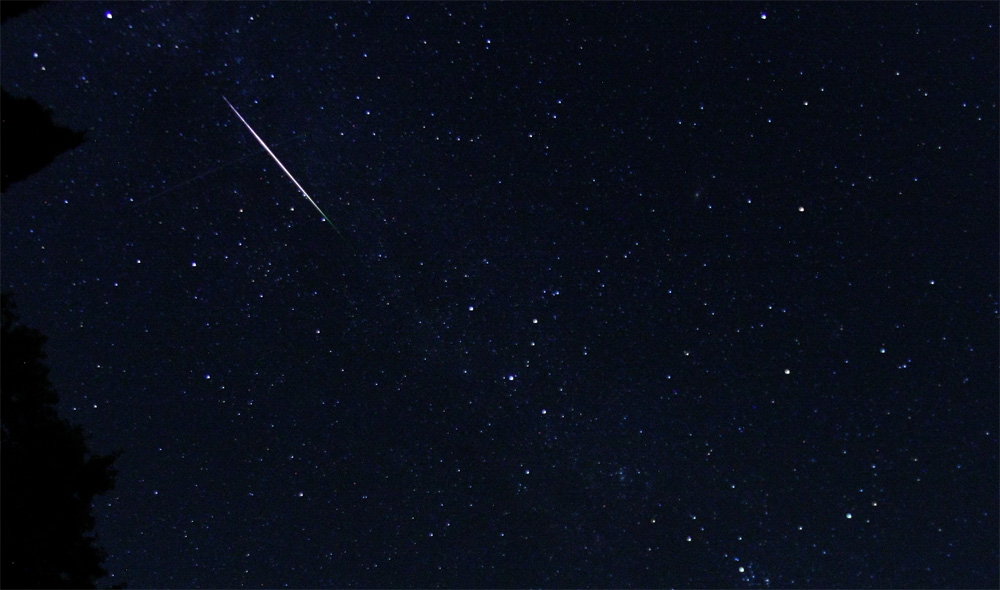For deep sky, i.e. trying to photograph a galaxy or nebula, you'll need more than what you have. You simply can't get enough exposure without a drive mechanism to keep your camera aligned to the subject as the Earth rotates. Even then, you'll need a number of exposures that will have to be stacked in software.
You can get decent Milky Way shots with exposures up to 20 or 30 seconds and the smaller lens on its widest zoom, 18mm, while set up in a VERY DARK place well away from any artificial lights like buildings, highways, and so on. Any longer exposure or longer focal length and you get stars as streaks instead of points. Even then your results will be better with multiple images stacked in software. However, the Milky Way is now in the same area of the sky with the sun, as the Earth goes through this part of its orbit, and you won't really be able to get Milky Way shots again until late February at the earliest, and that's marginal.
To start out, find a place you can get to, well out of town, a tripod, and either a remote shutter trigger or at least the camera's self timer so any motion from pushing the shutter button settles out before the shutter opens. You'll want to set a wide-open aperture, at least 15 seconds but no more than 30 seconds exposure time, and what ISO you use depends on the shutter time you use and how much noise you can tolerate and eventually filter out in post. (This is where stacking multiple images does wonders.) You'll also find that at default white-balance settings the images will have a distinctly brown cast, rather than actualy black or dark gray sky, again something you'll have to fix on the computer, probably. I don't know what white balance settings are actually available on the D3000, which is the most basic possible consumer DSLR in Nikon's line.


 somewhere) I'll guess 8mm
somewhere) I'll guess 8mm
![[No title]](/data/xfmg/thumbnail/40/40292-bee9ec3dc0cd7f6c47df7466ae1fa3d2.jpg?1734174705)


![[No title]](/data/xfmg/thumbnail/37/37604-7ad625e983f92f880eb65a264eeef5e4.jpg?1734170732)
![[No title]](/data/xfmg/thumbnail/42/42453-e95056d39ba6f0ce0e7a7fff81041853.jpg?1734176993)



![[No title]](/data/xfmg/thumbnail/33/33421-38d09827e584b8381c5e3a468cdf0159.jpg?1734163435)
![[No title]](/data/xfmg/thumbnail/37/37606-3c9ffb5906173fa2aa489341967e1468.jpg?1734170733)

